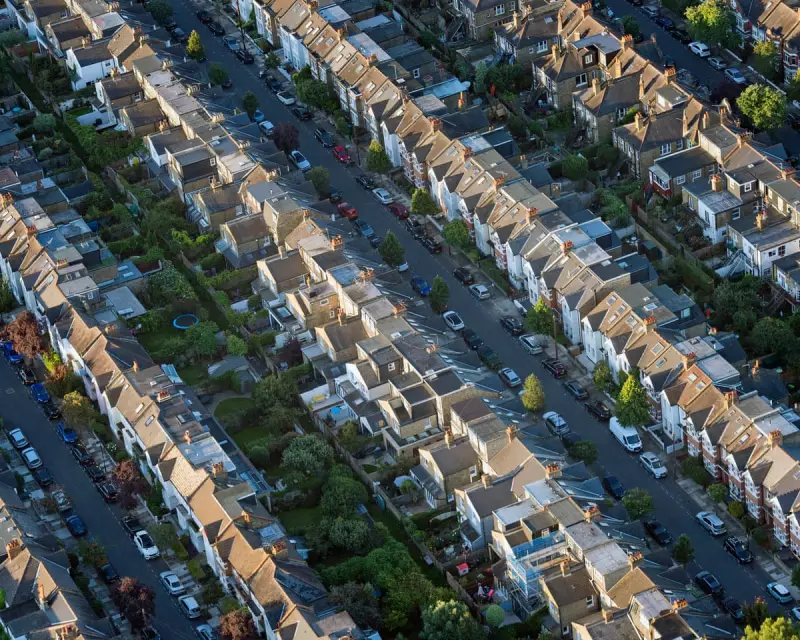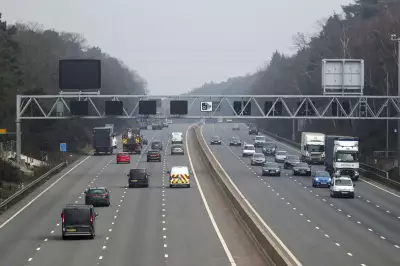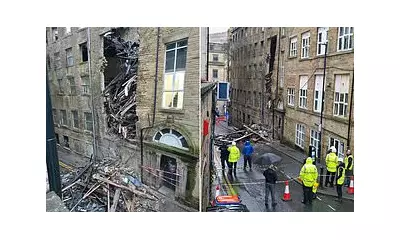
Chancellor Rachel Reeves has embarked on a monumental mission to dissect and potentially revolutionise Britain's complex and often criticised property tax system. The Treasury has initiated a sweeping review, signalling the most significant potential shake-up in decades for homeowners and buyers across the nation.
Leaving No Stone Unturned
In a bold move, the Chancellor has declared that her examination will be exhaustive, considering all options to create a system deemed fairer and more efficient. This deep dive places two pillars of the UK's property landscape—council tax and stamp duty land tax (SDLT)—under the microscope for fundamental reform.
The Flaws in the Foundation
The current council tax system, still bizarrely based on 1991 property valuations, is widely acknowledged as archaic and unsustainable. This creates vast disparities where residents in similar properties in different parts of the country pay wildly different amounts. Simultaneously, stamp duty faces criticism for stifling mobility within the housing market, discouraging downsizing and creating significant upfront costs for buyers.
A Delicate Balancing Act
The Treasury's challenge is Herculean. Any reform must navigate a political minefield. The review will meticulously analyse the profound impact of any changes on household budgets, overall property prices, and crucially, the funding vital for local authorities to provide essential public services.
The Long Road to Reform
While the ambition is clear, the timeline is deliberately cautious. The government is keen to avoid the political pitfalls that have engulfed previous attempts at property tax reform. This suggests a lengthy consultation process, meaning any concrete changes are unlikely to be imminent, but the direction of travel is now firmly set.
This review marks a definitive step by the Labour government to tackle one of the most persistent and thorny issues in the British economy, potentially reshaping how property is taxed for generations to come.





